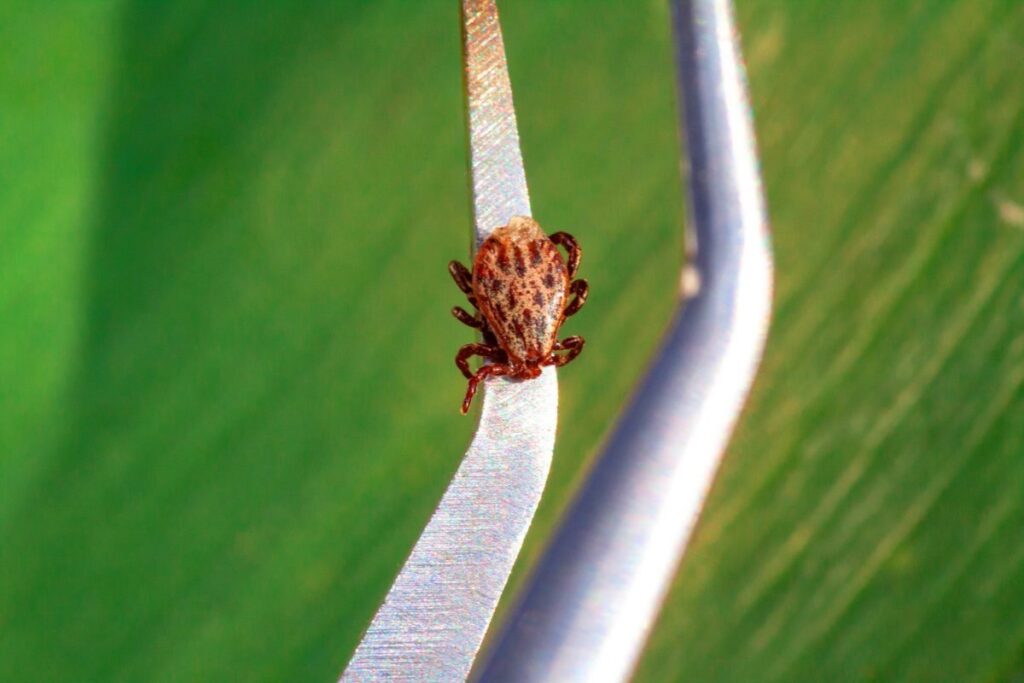The State of the World’s Forests 2022 report has cited India and China as the two most likely hotspots for the emergence of future zoonotic diseases.

Zoonotic diseases are defined as those that spread from animals to humans. The most prominent example of this in recent years is COVID-19, thought to have potentially originated from bats within the wet markets of Wuhan, China. However, many more conditions fall under this category, with more emerging every year.
As previously reported by Health Issues India, “rates of zoonotic diseases have shown a correlation with those living in areas close to fragmented forests and in areas where deforestation occurs. There are numerous examples of deforestation playing a role in the spread of zoonotic infections. Lyme disease, also spread by ticks, has shown to increase in areas associated with fragmented forests and deforestation in the US. Ebola is another example of this concept. The disease is currently raging in the war-torn Democratic Republic of the Congo.”
Several recent studies have suggested that in the coming years climate change will be a major driver of new disease emergence. A study published in Nature suggested that due to shifts in wildlife habitats climate change could drive more than 15,000 new cases of mammals transmitting viruses to other mammals.
The devastating recent heatwaves in India serve to underline this concept. As habitats are destroyed, either through man-made forest clearance or through desertification derived from rises in temperature, animal species will either migrate to other regions or perish. Those that migrate will come into contact with species that they have never encountered in the past, and with this, may begin to transmit pathogens to other species.
Some studies have suggested that in addition to the emergence of new diseases, already established conditions such as malaria will gradually begin to spread north. As global temperatures rise, the areas of Europe once too cold to harbour breeding populations of the mosquitoes that act as a vector for malaria could become appropriate climates, exposing millions to the parasitic disease.
The State of the World’s Forests 2022 report suggests that around 10,000 virus species have the capacity to make the leap from animal hosts to infecting humans. A large concentration of these are in India, spurred on by deforestation. Many of these diseases occur in rural, economically underdeveloped communities, often going largely overlooked. More must be done to properly categorise, assess the risks, and surveil these conditions, or India risks becoming host to the next zoonoses-derived pandemic.

